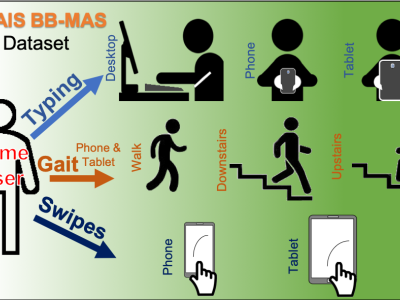Avatar Trust Scale (ATA) RAW Data

- Citation Author(s):
- Submitted by:
- Johrine Cronje
- Last updated:
- DOI:
- 10.21227/h1xy-3868
- Data Format:
 47 views
47 views
- Categories:
- Keywords:
Abstract
<p>Avatars are the alter-egos of users in Social Virtual Reality (SVR). They enable embodied interaction, preserving a wide spectrum of non-verbal and verbal communication cues in real-time, independent of users’ physical location. Avatar's appearance is highly variable as it spans from non to little human-like cartoonish forms to photorealistic replicas of real persons, leading to a wide range of potential effects other’s digital appearance has on the interpersonal relations established during an interaction. This article specifically investigates how to establish and measure trust in avatars, as a vital requirement for successful social interactions. We constructed and validated a tool to measure trust in virtual avatars: the Avatar Trust Scale (ATS). The structure of trust in virtual avatars is composed of specific trust toward an avatar, consisting of “trustworthiness of the avatar”, “feeling secure with the avatar” and “willingness to interact with the avatar” and general trust, consisting of “propensity to trust avatars”, “propensity to trust humans” as well as “avatar literacy”. We present data from a German sample of 858 participants and present successful validation of a questionnaire measurement instrument on questionnaire and behavioral levels using convergent and divergent validation. With this scale trust in virtual avatars can be assessed. </p>
Instructions:
This is the raw data, please refer to the article or the preregistration for further instructions.





